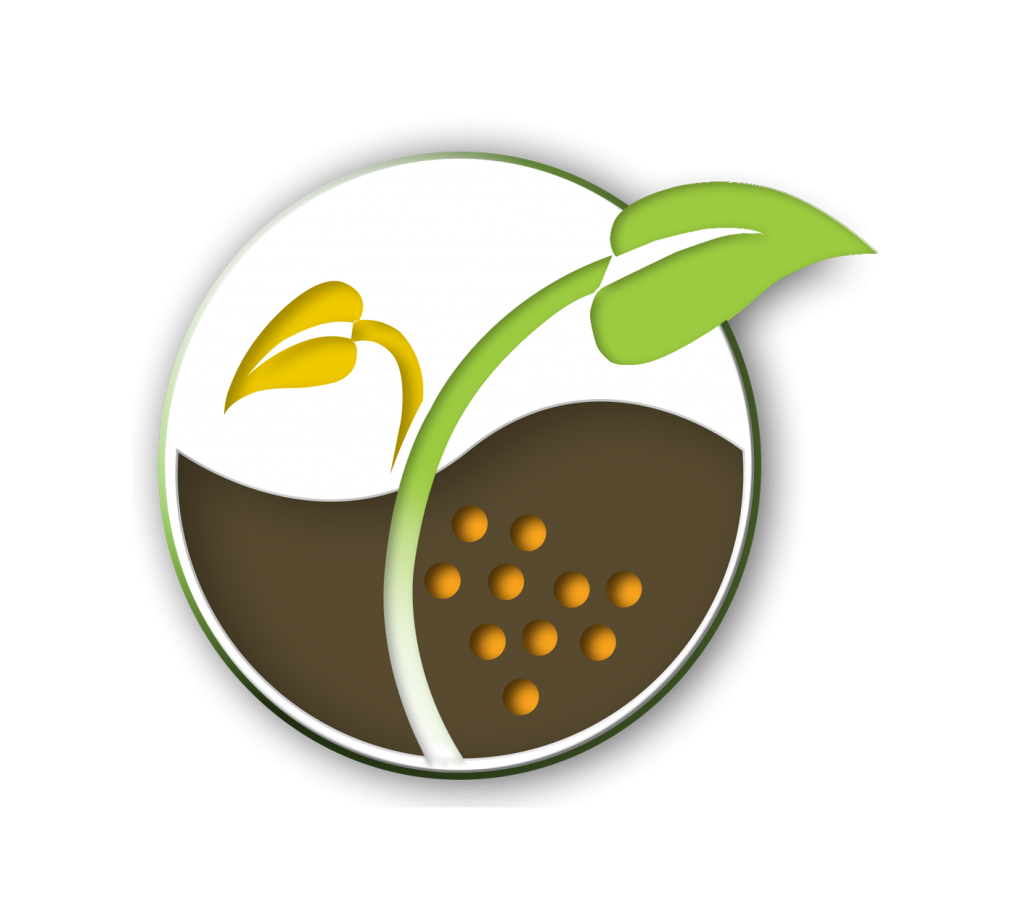A. Santiagoro, A.M. García-Lopez, J.M. Quintero, M. Avilés and A. Delgado and 2012. Biology and Biochemistry, 57: 598-605.
The fungus Trichoderma asperellum T34 is a biological control agent which has been shown to enhance Fe uptake by plants. The objective of this research was to study the contribution of T34 to Fe availability to cucumber plants in soils and how this potential supply can be affected by soil properties and in particular, by soil microbial activity. To this end, a completely randomised experiment was performed twice involving three factors: soil (LB9, LB11, and LB14), plant inoculation with T34 (inoculated and non-inoculated with T34), and glucose supply to achieve a priming effect (supply and no supply). Inoculation with T34 was effective in increasing plant growth and total accumulation of Fe and Cu in aerial parts. This increase was not related to an increased accumulation or concentration of Fe or Cu in roots. Glucose addition was only effective in increasing Fe accumulation in the aerial parts of plants grown in the soil with the lowest organic C content and native β-glucosidase activity (LB9 soil). The effect of T34 on Fe concentration in the aerial parts of plants differed depending on the soil and the glucose addition. In the LB9 soil, the simultaneous application of T34 and glucose increased the development of the fungus and resulted in an increased Fe concentration in plant shoots when compared to the control without T34 and glucose. In the soil where β-glucosidase activity was increased by glucose addition (LB14 soil), this addition resulted in an increased Fe concentration in aerial parts of plants, thus revealing the effect of increased soil microbial activity on improving Fe uptake by plants; T34 alone produced a similar effect on Fe concentration to that achieved with glucose in this soil. Glucose or T34 did not affect Fe concentration in aerial parts of plants grown in the soil with the highest Fe availability index (LB11), thus showing that the effect of T34 or microbial activity can be less evident when the availability of nutrients is not so restricted. Más información sobre la publicación aqui.


